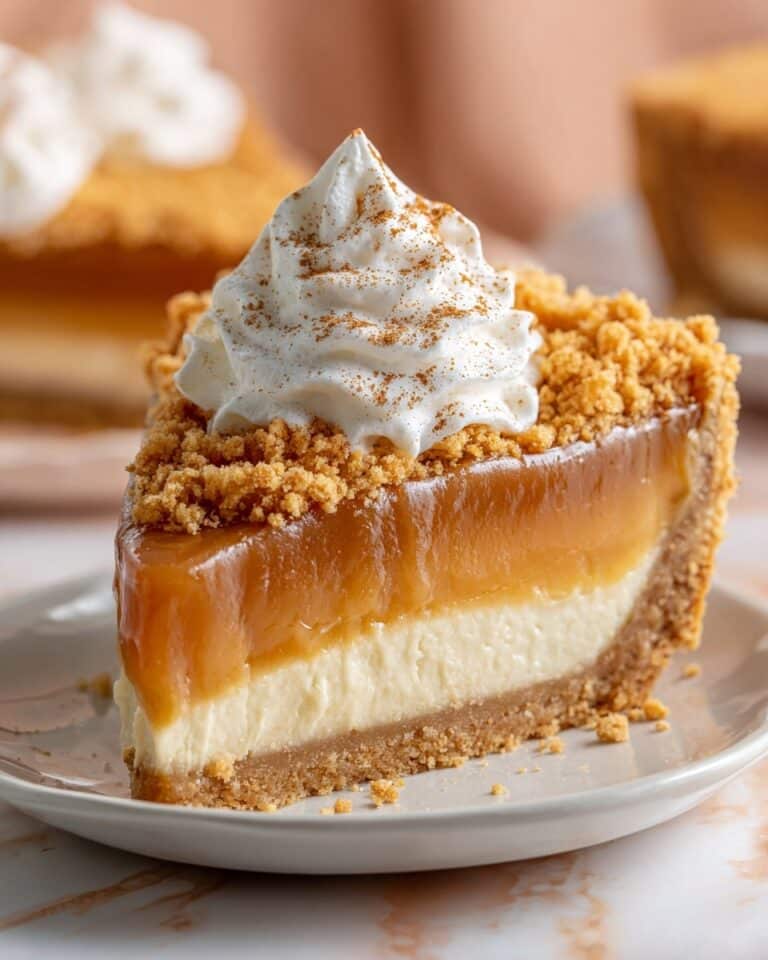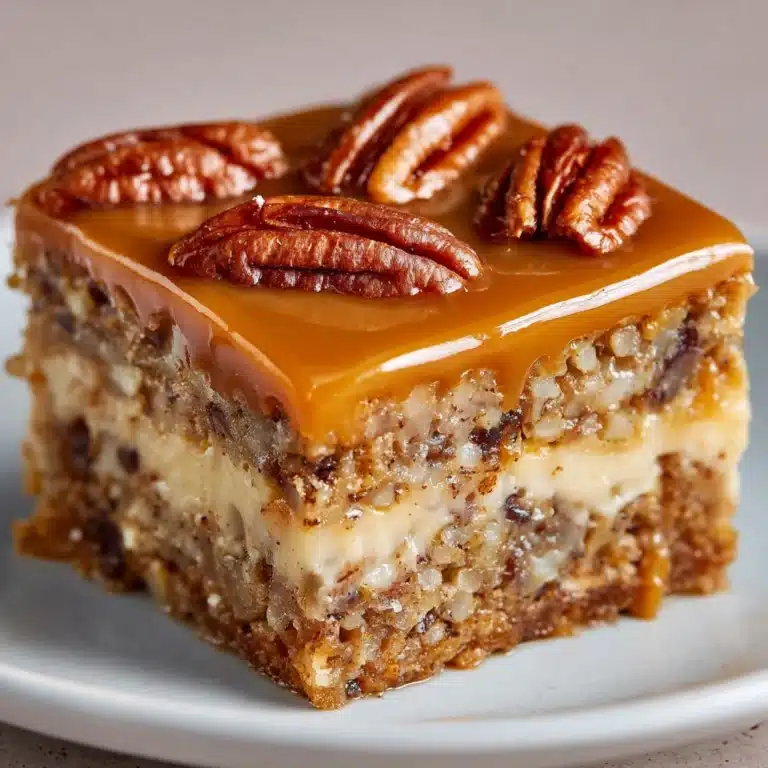Homemade Cheese Recipe
If you’ve ever dreamed of making fresh, creamy cheese in your own kitchen, this Homemade Cheese recipe is about to become your new favorite kitchen adventure. With just a handful of simple ingredients, you’ll transform everyday milk into a luscious, tender cheese that’s endlessly versatile and so much tastier than anything store-bought. Whether you’re swirling it into pasta, spreading it on toast, or enjoying it with a sprinkle of herbs, this homemade creation promises pure comfort and flavor in every bite. Get ready to fall in love with the magic of Homemade Cheese!

Ingredients You’ll Need
One of the best things about Homemade Cheese is how it lets a few humble ingredients shine. Every single item on this list has a purpose, from the richness of the milk to the gentle acidity of the lemon juice or vinegar. Here’s what you’ll need to create cheesy perfection:
- Whole milk (1 gallon): The foundation of your cheese; choose high-quality, non-ultra-pasteurized milk for best results and a creamy texture.
- White vinegar or lemon juice (¼ cup): Either of these gently curdles the milk, separating the curds from the whey and giving the cheese its delicate flavor.
- Salt, optional (1 teaspoon): A touch of salt enhances the flavor and brings out the natural sweetness of the milk.
- Cheesecloth or clean thin kitchen towel: Essential for draining the curds and creating that perfect, fluffy texture.
How to Make Homemade Cheese
Step 1: Warm the Milk
Pour your whole milk into a large, heavy-bottomed pot and set it over medium heat. Warm the milk slowly, stirring every so often to prevent any scorching at the bottom. You want to bring it up to about 190°F, which is just before it starts to gently boil. The slower you warm it, the silkier your Homemade Cheese will turn out!
Step 2: Add the Acid
As soon as your milk reaches the right temperature, remove the pot from the heat. Now, gently stir in the vinegar or lemon juice. This is where the magic happens: the milk will almost immediately begin to separate, forming soft curds and a pale yellow whey. Let this mixture rest undisturbed for 5 to 10 minutes to allow the curds to fully develop.
Step 3: Drain the Curds
Line a colander with your cheesecloth or a clean kitchen towel, and set it over a large bowl to catch the whey. Carefully pour the curds and whey into the lined colander. Let the curds drain for 5 to 15 minutes, depending on whether you like your Homemade Cheese soft and spreadable or on the firmer side. For a drier cheese, you can gently squeeze the cloth to press out more whey.
Step 4: Season and Store
If you’d like, stir in a bit of salt to bring out the cheese’s fresh, milky flavor. Then, transfer your finished Homemade Cheese to a container. You can use it right away or pop it in the fridge, where it will keep beautifully for up to 4 or 5 days.
How to Serve Homemade Cheese

Garnishes
Homemade Cheese loves a finishing touch. Try a drizzle of good olive oil, a sprinkle of flaky sea salt, or a scattering of fresh herbs like chives, dill, or basil. For a little zing, a twist of cracked black pepper or a dash of red chili flakes is absolutely delightful.
Side Dishes
This cheese is a true chameleon. Spread it on crusty bread, spoon it over roasted vegetables, or dollop it onto a fresh salad. It pairs beautifully with ripe tomatoes, olives, or a platter of juicy fruit for a simple, elegant snack or appetizer.
Creative Ways to Present
If you’re feeling playful, shape your Homemade Cheese into little balls and roll them in chopped nuts, herbs, or spices for a gorgeous party platter. Or swirl it into pasta, stuff it inside lasagna, or layer it on pizza for an ultra-creamy twist. However you serve it, your guests will be wowed!
Make Ahead and Storage
Storing Leftovers
Homemade Cheese stays fresh and delicious in the refrigerator for up to 4 or 5 days. Store it in an airtight container to keep it moist and prevent it from picking up any fridge odors. If you want to keep it especially creamy, cover the cheese with a little of its whey.
Freezing
While Homemade Cheese can technically be frozen, its texture may change and become crumbly after thawing. If you do freeze it, be sure to wrap it tightly and use it within one month for best results. Thawed cheese works well in cooked dishes like casseroles or stuffed pasta.
Reheating
Homemade Cheese is best enjoyed fresh, but if you’d like to warm it up, gently heat it in the microwave for just a few seconds or stir it into hot dishes. Avoid overcooking, as it can become tough. For spreads, simply let it come to room temperature for the creamiest texture.
FAQs
Can I use low-fat or skim milk instead of whole milk?
You can, but the cheese will be much less creamy and yield less volume. Whole milk is ideal for that rich, classic Homemade Cheese flavor and texture.
What type Appetizer, Ingredient
Plain white vinegar is a great choice because it has a neutral flavor. However, lemon juice is lovely if you want a slight citrus note. Avoid flavored or dark vinegars, as they can tint or flavor the cheese oddly.
Can I add herbs or spices to my Homemade Cheese?
Absolutely! Once the cheese is drained, feel free to mix in fresh herbs, minced garlic, or your favorite spices. This is a wonderful way to customize the flavor and make it your own.
What can I do with the leftover whey?
Don’t toss it out! Whey is full of nutrients and can be used in smoothies, soups, bread dough, or even as a protein-rich cooking liquid for grains. It’s a kitchen goldmine!
Is Homemade Cheese the same as ricotta or paneer?
This recipe makes a fresh, soft cheese very similar to both ricotta and paneer. The main difference is whether you press out more whey for a firmer cheese (like paneer), or leave it soft and creamy (like ricotta).
Final Thoughts
There’s something so rewarding about making Homemade Cheese with your own two hands—it’s simple, fun, and the results are absolutely delicious. I hope you give this recipe a try and let it inspire your meals, snacks, and gatherings. Homemade Cheese is truly a gift from your kitchen to those you love!
Print
Homemade Cheese Recipe
- Total Time: 20 minutes
- Yield: 1½ to 2 cups cheese 1x
- Diet: Vegetarian
Description
Learn how to make soft and fresh homemade cheese using simple ingredients like whole milk and vinegar or lemon juice. This easy stovetop recipe yields a mild, farmer-style cheese perfect for appetizers or adding to your favorite dishes.
Ingredients
Ingredients
- 1 gallon whole milk (not ultra-pasteurized)
- ¼ cup white vinegar or lemon juice
- 1 teaspoon salt (optional)
- Cheesecloth or a clean thin kitchen towel
Instructions
- Warm the Milk: In a large pot over medium heat, slowly warm the milk to about 190°F, stirring occasionally to prevent scorching. Do not let it boil.
- Curdle the Milk: Remove the pot from heat and gently stir in the vinegar or lemon juice. Let it sit undisturbed for 5–10 minutes as curds separate from the whey, visible as white clumps and a yellowish liquid.
- Drain the Curds: Line a colander with cheesecloth and place it over a large bowl. Carefully pour the curds and whey into the colander to drain for 5–15 minutes, depending on desired firmness.
- Squeeze Excess Whey: For firmer cheese, gently squeeze the cloth to remove extra whey. Be careful not to press too hard unless you want a very firm texture.
- Season and Store: Stir in salt if desired. Transfer the cheese to a container. Use immediately or refrigerate for up to 4–5 days.
Notes
- For creamier cheese, use a mixture of whole milk and cream.
- Add herbs, garlic, or spices after draining for extra flavor.
- This recipe yields soft farmer-style cheese, similar to paneer or ricotta.
- Prep Time: 5 minutes
- Cook Time: 15 minutes
- Category: Appetizer, Ingredient
- Method: Stovetop
- Cuisine: Universal
Nutrition
- Serving Size: ¼ cup
- Calories: 100
- Sugar: 2g
- Sodium: 180mg
- Fat: 7g
- Saturated Fat: 4g
- Unsaturated Fat: 2g
- Trans Fat: 0g
- Carbohydrates: 3g
- Fiber: 0g
- Protein: 6g
- Cholesterol: 20mg






